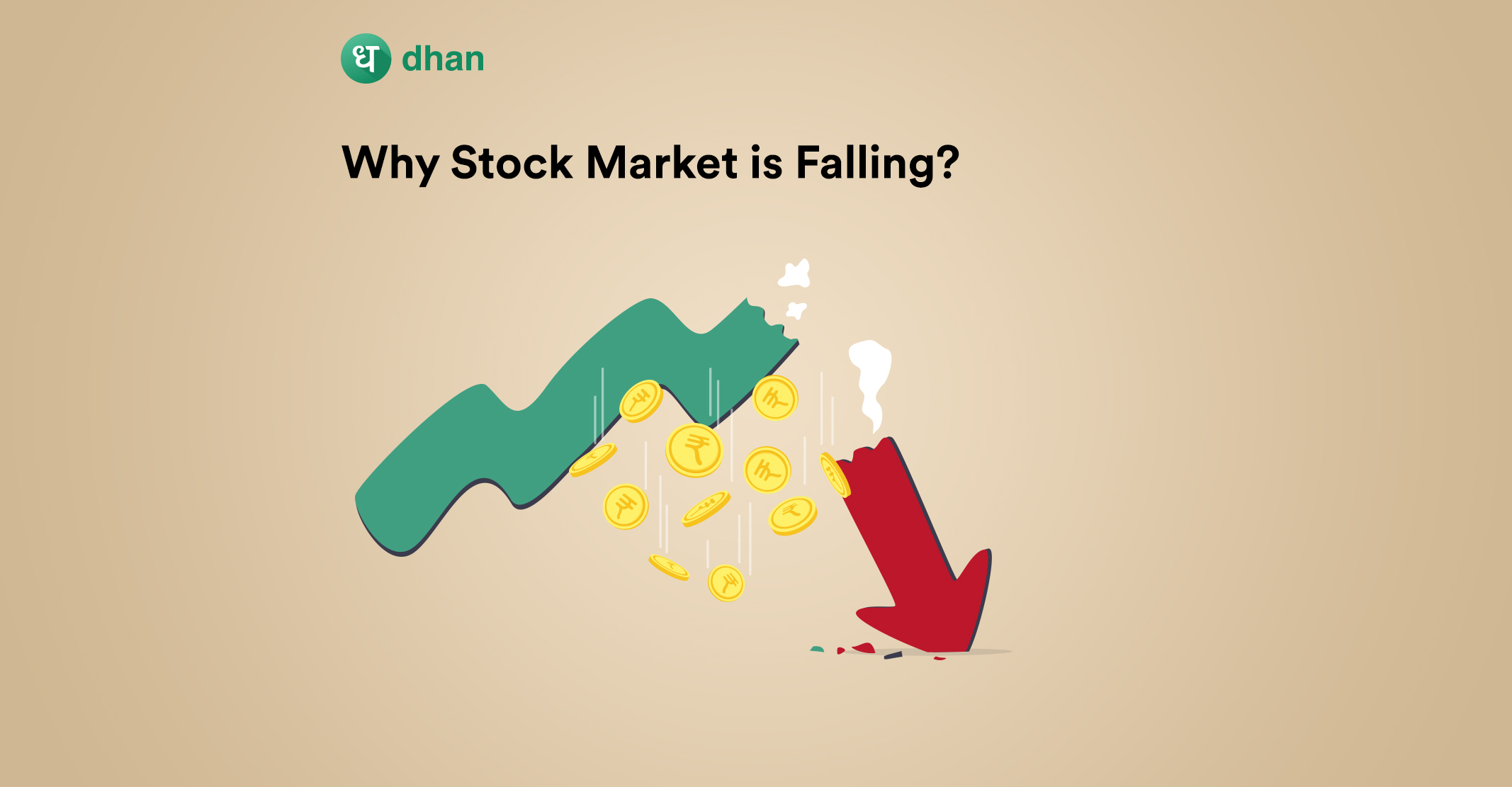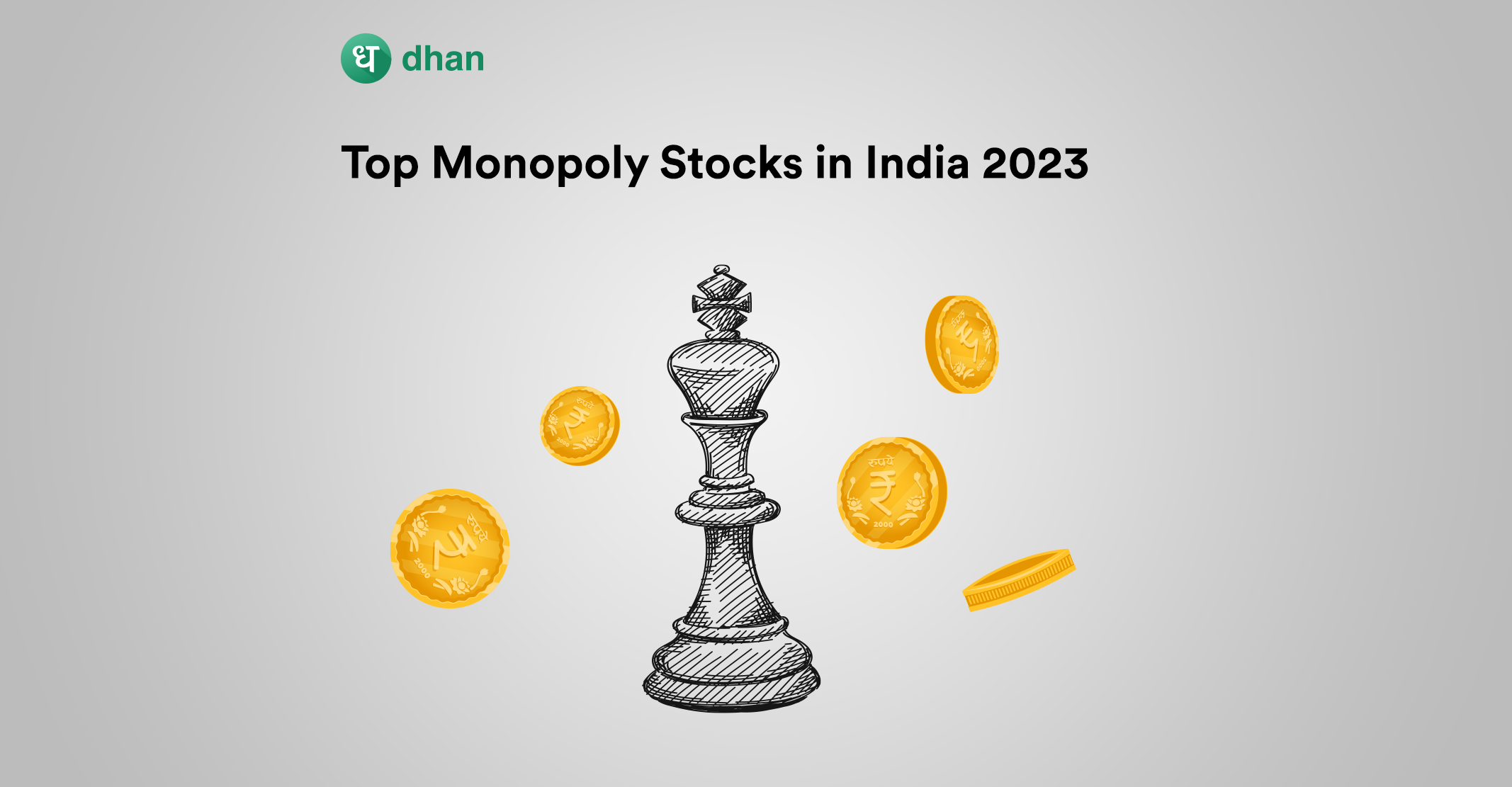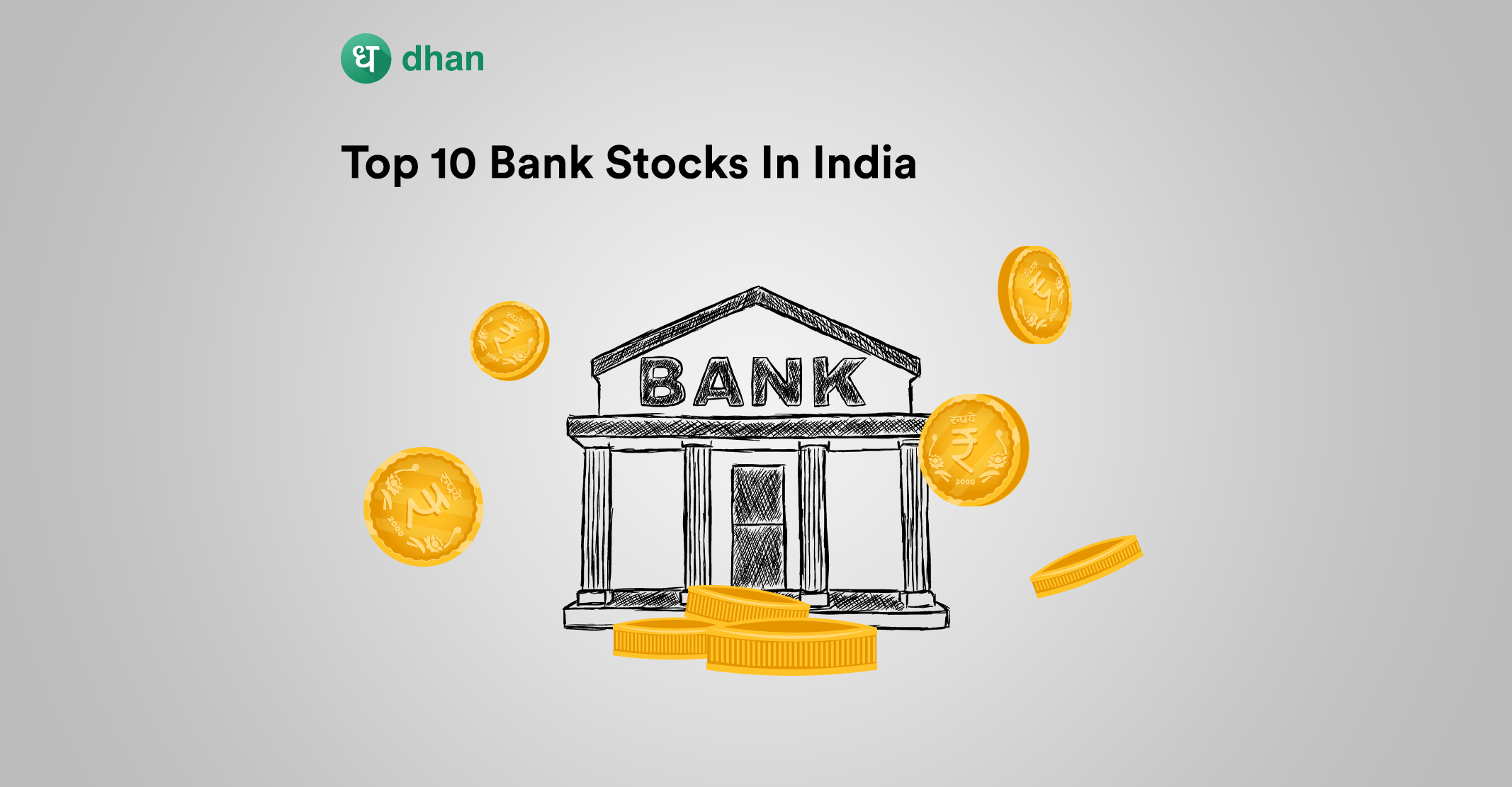Change in stock prices is a natural tendency of the stock markets. However, sometimes you see a news headline flashing, “Sensex crashes by 2000 points!” This isn’t an average drop – it’s an actual crash.
The question is, why does the market fall? There are several reasons and we’re going to discuss them in this blog so that you understand why the stock market is falling, along with ways to leverage a bear market to make investments.
Factors Affecting the Stock Market
Demand and supply are one of the primary drivers of stock prices and the sentiment of market participants. That said, there are some factors that go beyond the interplay between supply and demand. These are the factors 👇
1. Impact of Interest Rate Changes
An interest rate is the borrowing rate set by the government. When the interest rate is high, companies operate under tight finances.
In fact, corporate earnings are negatively impacted (or the cost of capital increases) by high-interest rates.
A company may not expand as fast as expected and investors may move away from the stock to more stable alternatives because the future of the said company may not be as bright.
This usually makes the stock prices fall in response. But it’s not just India’s interest rate that affects our nation’s stocks.
If the US Federal Government hikes interest rates, foreign investors are likely to exit countries like India and flock to US debt fixed-income securities for effective returns.
2. Inflation’s Influence on the Falling Stock Market
Inflation and stock prices have a complex relationship but in the long run, this dynamic becomes more favorable. Stocks act as a hedge against inflation and tend to appreciate over time.
However, in the short run, stock prices fall as inflation rises. Inflation can result in a loss of disposable income.
As prices increase, retail consumers have to spend more on the same goods and services and they have less money to save and invest.
While it can impact investments in the short run and can cause a downturn in the market, it provides a great opportunity for investors to buy the dip and build wealth over the long term.
3. Black Swan Events: Unpredictable but Avoidable?
A Black Swan event in a stock market is of unpredictable nature and has widespread implications. It can lead to whipsaws, huge market losses, and negatively impact the economy.
Nassim Nicholas Taleb, the famous mathematician and essayist (also a trader), popularized the term through his book of the same name.
Such events are unpredictable in nature and thus require investors to build a diversified portfolio to safeguard their investments.
In a black swan event, the market may see panic selling, which further drives down the stock prices.
A few examples of Black Swan events in the past include the Dotcom Bubble, the 2008 Housing Market Crash, the COVID-19 pandemic, and more.
4. Economic Factors Dragging the Stock Market
An imbalance between supply and demand leads to an increase or decrease in stock prices.
The more investors buy and hold a stock, the more likely it is for the price to increase. The opposite is true as well.
We’ve already spoken about how demand & supply is just one economic factor.
Others such as tax increases and monetary policies of the government, political events, and the overall economy also impact the stock market.
However, significance matters. Missing a GDP estimate by 0.1% may not impact stock prices as much as inflation shooting up to 8-10%.
Either way, economics and the stock market are deeply intertwined, meaning there’s always a degree of connection in rising or falling stock prices.
Managing this by building a coffee can investing portfolio is a possible solution, especially in the long run.
5. Commodity Price Fluctuations
A majority of companies rely on commodities to run their operations. Orgs that supply steel rely on steel, the ones that process coffee rely on coffee beans, and so on.
The cost of buying these commodities has a direct impact on the finances of such companies.
If the cost of buying these commodities is high, a company’s bottom line will shrink. Thus, rising commodity prices can make the stock market fall.
Furthermore, events like the Russo-Ukraine war and the pandemic have the potential to cause disruption in the commodity markets, affecting supply chains and the eventual price of each commodity.
McKinsey reports that due to geopolitical and climatological unpredictability, “the annualized volatility of commodity prices averaged 10 to 20% over the past four years, with annual price swings of up to 70% of that year’s average price.”
How to Invest in a Bear Market?
You’ve more or less understood why the stock market is falling. When markets stay low or drop by up to 20% for an extended period, it is called a bear market.
Bear markets are complex and may be caused due to different reasons each time. For instance, the 2022 bear market after the pandemic resulted from high inflation. Here are a few ways you can invest during a bear market.
- Re-evaluate your investments and diversify your portfolio to mitigate the risks of pullbacks
- Sell overbought assets and buy underbought assets to rebalance your portfolio as per your risk appetite, investment objectives, and prevailing market conditions annually
- Allocate a part of your portfolio to relatively stable fixed-income instruments such as FDs, bonds, and others
- Aim for rupee-cost averaging over time
- Buy the dip to time the market and invest in top blue-chip stocks with high growth probabilities
Bear markets aren’t always a short-term phenomenon- your portfolio must be prepared for it at all times. While bear markets aren’t predictable, they do not generally last forever.
Conclusion
When you know why the Indian market is falling or why global markets are falling, the best strategy is to adopt a long-term perspective while you invest and stay the course.
When you hold a balanced, diversified portfolio, you distribute the risks and losses and can survive well during the phase.
As an investor, it is best to choose an investment platform that gives you access to an incredible experience, regardless of the market conditions.



